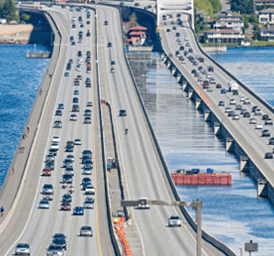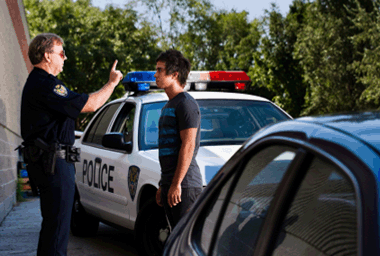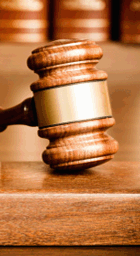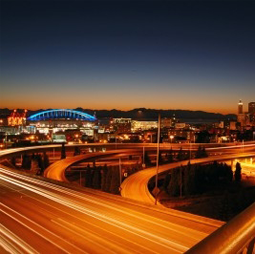Nov 20

How To Avoid School Zone Speeding Tickets
Speeding in a school zone, defined in RCW 46.61.440 and by many equivalent municipal codes, is a type of traffic infraction that many drivers receive in the State of Washington, though speeding tickets for this type of offense are frequent in Lake Forest Park, Seattle, and jurisdictions throughout King County. This post focuses on some tips to avoid these infractions, what it means if you get a school zone ticket, and what you should do (and shouldn’t do) with a school zone ticket.
These tickets are most frequently-issued in two types of ways: (1) by a law enforcement officer observing the speeding, pulling over the driver, and issuing a citation or (2) by a camera taking a photo of a license plate (also known as a traffic camera citation). As of the date of this post, traffic camera citations do not affect the driving records and privileges of drivers who receive these citations Washington.
To avoid these infractions, drivers should take special notice any time drivers are entering a school zone and reduce speed to no more than 20 MPH. Reducing speed is a critical tip for parents because parents are frequently in school zones and dropping off and picking up children at school. Police officers love to pull parents over and issue parents tickets for speeding in a school zone, even for driving 25 MPH.
Sometimes, it is difficult to know the location where a school zone begins: for example, in some jurisdictions, there is a sign that says “School Ahead” or “Reduce Speed to 20 MPH,” but in other jurisdictions it is not as obvious, and rarely if ever is there a sign that states “School Zone Begins.” Signs are indications that a driver is about to enter a school zone. Another indication is a sign that specifically mentions that there is a traffic camera. Traffic cameras are often attached to speed measurement devices around school zones. In addition to reducing speed to no more than 20 MPH and looking for signage, drivers might want to avoid school zone areas entirely during certain times of day, typically in the early morning or mid-afternoon, when students are going to and leaving school. Another way to avoid a school zone ticket is to drive on streets where there are no, school zones may extend 300 feet from the school or playground property, as well as 300 feet from a marked school or playground crosswalk.
If you receive a school zone ticket, one thing you should know is that you cannot mitigate a school zone ticket. Although mitigation is an option on the ticket, mitigation is actually not an option under Washington law for this type of infraction. The reason is that the Legislature decided that a person who is found to have committed an infraction (either by admitting to the infraction by mitigating, paying the ticket, or after a contested hearing) shall not have the penalty waived, reduced, or suspended. Therefore, if you want a reduced penalty for the infraction, you will not get one because mitigation is not an option. Do NOT mitigate. DO contest your infraction so that it can be challenged to avoid higher insurance and marks on your driving record.
In addition to not being able to mitigate your fine, the fine in a school zone speeding ticket is higher than a normal speeding ticket. Although regular speeding tickets are also moving violations, drivers who get speeding tickets in a school zone face more serious consequences. If you have received any type of speeding offense, contact my office for help.











